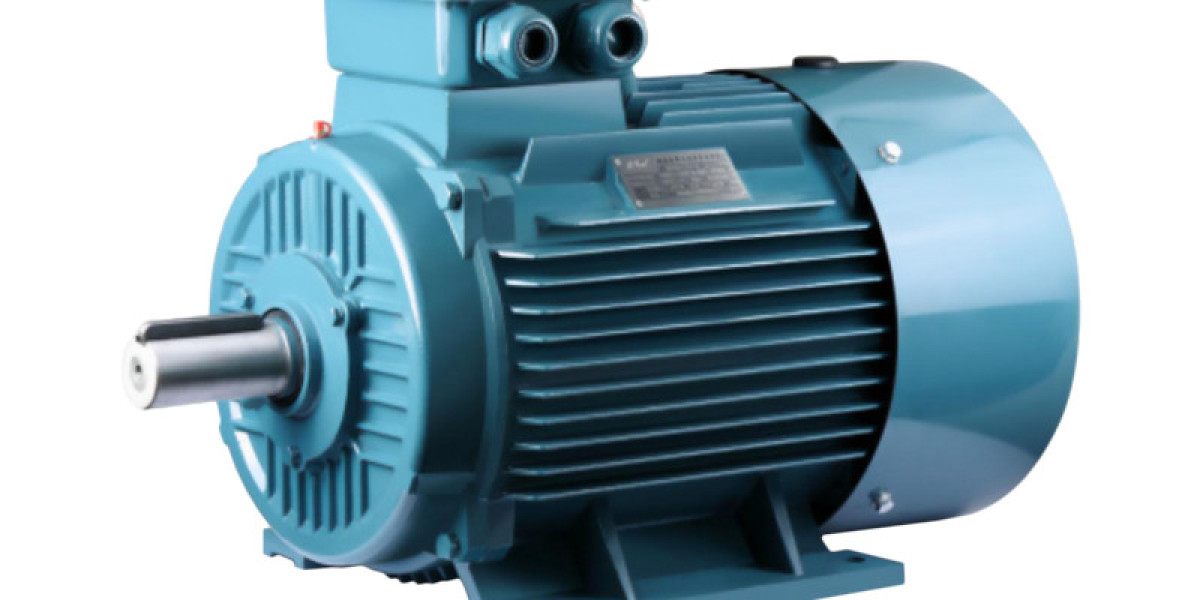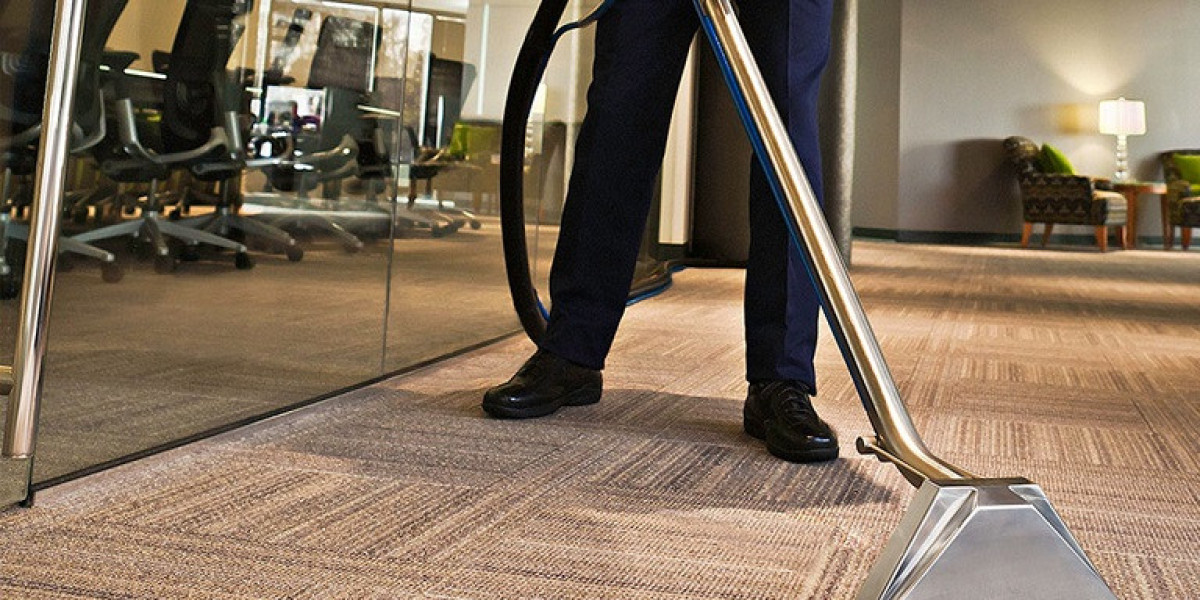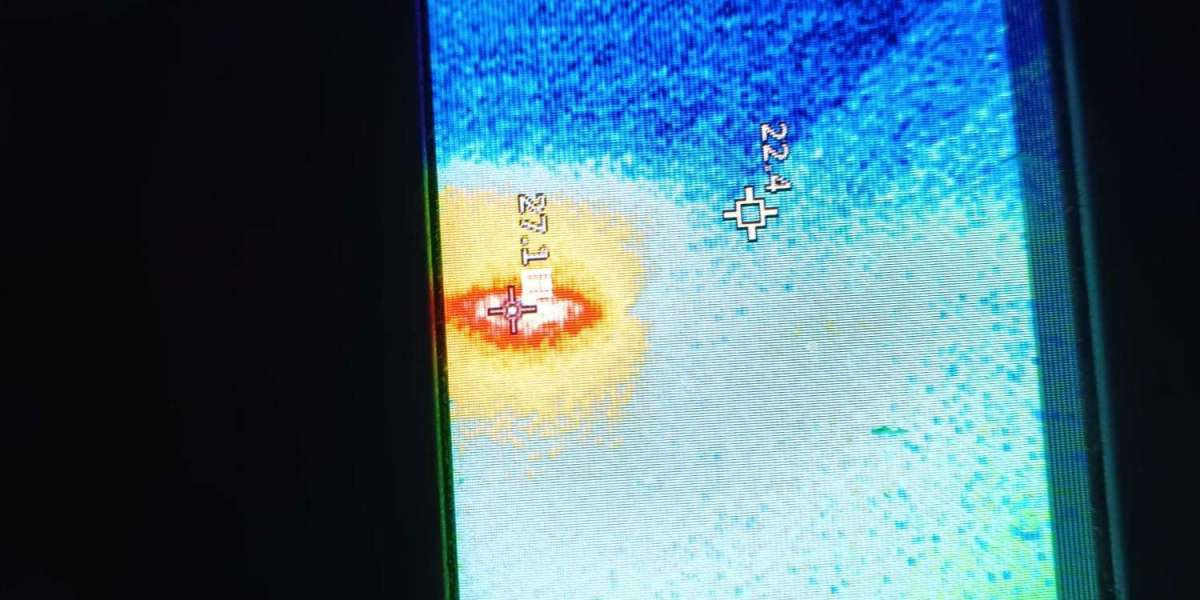The three-phase asynchronous motor stands as one of the most widely used electric motor types in industrial applications due to its reliability and simple construction. At its core, this motor operates on electromagnetic induction principles to transform electrical energy into mechanical rotation. The three-phase asynchronous motor derives its name from the slight speed difference (slip) between the rotating magnetic field and the rotor's actual speed.
When powered by a three-phase electrical supply, the three-phase asynchronous motor creates a rotating magnetic field in its stator windings. This rotating field induces currents in the rotor conductors through electromagnetic induction, generating torque that causes the rotor to turn. Unlike synchronous motors, the three-phase asynchronous motor doesn't require direct electrical connection to the rotor, contributing to its robust design with minimal maintenance requirements.
The stator of a three-phase asynchronous motor contains three separate windings spaced 120 degrees apart, each connected to one phase of the power supply. As alternating current flows through these windings, it produces a magnetic field that rotates at synchronous speed. The rotor, typically constructed as either squirrel-cage or wound-rotor design, follows this rotating field at a slightly slower speed - this speed difference being essential for torque production in a three-phase asynchronous motor.
Key advantages of the three-phase asynchronous motor include its ability to self-start without additional starting mechanisms in many applications. The motor develops sufficient starting torque for most industrial loads while maintaining relatively constant speed under varying load conditions. This makes the three-phase asynchronous motor particularly suitable for applications like pumps, fans, and conveyor systems where reliable continuous operation is paramount.
Efficiency considerations in three-phase asynchronous motors have driven numerous design improvements. Modern versions incorporate optimized winding configurations and high-quality magnetic materials to reduce energy losses. The efficiency of a three-phase asynchronous motor typically improves with size, with larger motors often achieving significantly better energy conversion rates than their smaller counterparts.
Maintenance requirements for three-phase asynchronous motors remain relatively low compared to other motor types. The absence of brushes and commutators eliminates associated wear components, while the simple rotor construction withstands substantial mechanical stress. Regular maintenance primarily involves bearing lubrication and periodic insulation resistance checks to ensure long service life.








